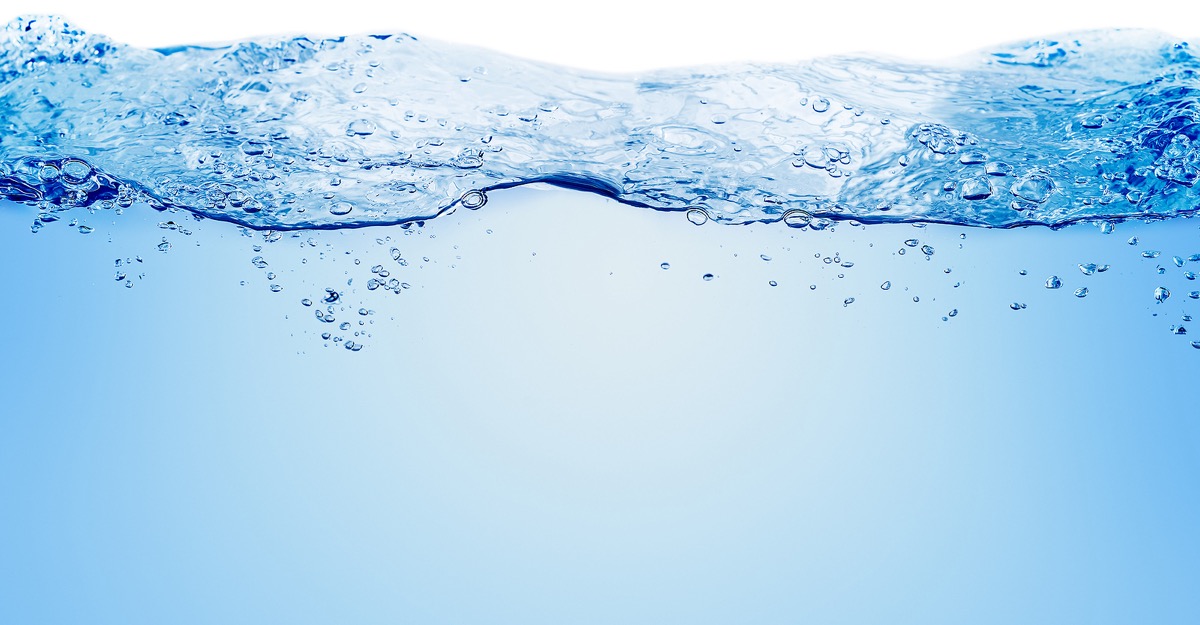Aquamation, known as alkaline hydrolysis or water cremation, has emerged as an environmentally friendly alternative to traditional cremation and burial. Despite its adoption in several states, New York has not yet legalized this method for human remains. This post explores the reasons behind its current legal status and the ongoing efforts toward its recognition.
What Is Aquamation?
Nov. 10, 2024 — Aquamation utilizes water, heat, and alkaline chemicals to accelerate the natural decomposition of the body. This process results in bone ash and a sterile liquid, offering a more sustainable option compared to traditional methods. Advocates highlight its environmental benefits, including reduced energy consumption and the elimination of harmful emissions. Learn more.
Current Legal Status in New York
As of November 2024, New York has not enacted legislation permitting aquamation for human remains. The absence of specific laws means the process remains unregulated and unavailable for human disposition within the state.
Factors Influencing the Delay
Several factors contribute to the delay in legalizing aquamation in New York:
- Religious and Cultural Concerns: Some religious organizations have expressed opposition to aquamation, citing concerns about its alignment with traditional beliefs regarding the treatment of human remains. For instance, in 2012, the New York State Catholic Conference opposed the practice, stating that it did not show sufficient respect for the intrinsic dignity of the human body.
- Legislative Challenges: Efforts to pass legislation have faced obstacles. In 2011, Assembly Bill A8883 was introduced to authorize the use of alkaline hydrolysis for disposing of cadavers and human tissue used for medical education. However, the bill did not advance, partly due to opposition from religious groups.
- Public Awareness: Limited public knowledge about aquamation may contribute to legislative hesitancy, as lawmakers gauge constituent support for alternative disposition methods.
Environmental Impact of Aquamation
Aquamation offers notable environmental advantages over traditional methods:
- Energy Efficiency: The process uses up to 90% less energy than flame-based cremation.
- Emission Reduction: Aquamation produces no harmful air emissions, unlike traditional cremation, which releases carbon dioxide and other pollutants.
- Resource Conservation: It eliminates the need for caskets and embalming chemicals, reducing resource consumption and environmental contamination.
Legislative Efforts and Updates
While aquamation remains unauthorized for human remains in New York, there have been legislative efforts to change this status:
- 2011: Assembly Bill A8883 was introduced to permit alkaline hydrolysis for disposing of cadavers and human tissue used in medical education. The bill faced opposition and did not pass.
- 2019: Discussions about green burial options, including aquamation, gained attention, highlighting the need for legislative action to provide environmentally friendly alternatives. More information on green burial options can be found in this 2019 report.
Despite these efforts, no legislation has been enacted to legalize aquamation for human remains in New York as of November 2024.
Aquamation for Pets
Interestingly, aquamation is available for pet remains in New York, as pet disposition is regulated differently. This availability indicates a level of acceptance that could influence future legislation for human remains.
Ongoing Advocacy
Environmental organizations, funeral service providers, and eco-conscious residents continue to advocate for the legalization of aquamation in New York. They emphasize its environmental benefits and seek to align state practices with the growing trend toward sustainable end-of-life options.







